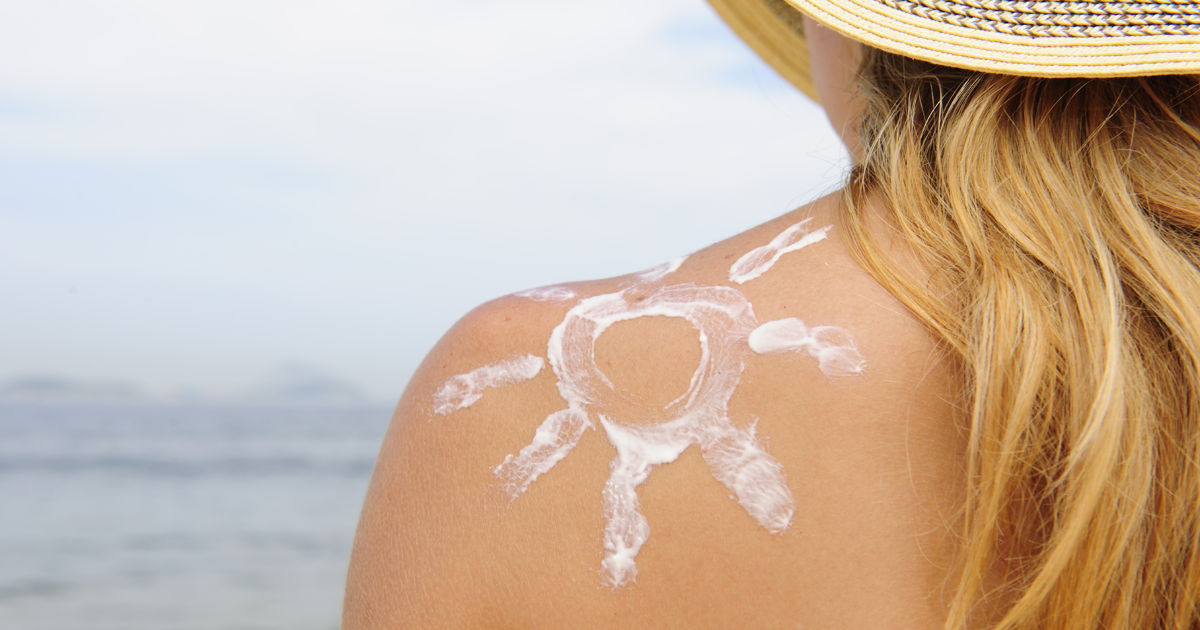Still Need the Sunscreen: Sunscreens Explained
The summer sun may feel good, but it is certainly not doing your skin any favors. Believe it or not, that's also after summertime ends, even when the cooler weather sets in. However, one secret to keeping your skin protected and looking younger is to slather on sunscreen everyday. Here are some quick facts about sunscreen to keep you covered this summer.
What are sunscreens?

Sunscreens are products containing several ingredients that help prevent the sun's ultraviolet (UV) radiation from reaching the skin. Two types of ultraviolet radiation – UVA and UVB, cause damage to the skin, age it prematurely and increase risk of skin cancer.
Who needs sunscreen?

Everyone. Men, women, and children. Fair-skinned people, dark-skinned people, people who tan or burn easily and those who don't. In fact, it is estimated that one in five Americans will develop skin cancer in their lifetime. If you need another reason, according to research, daily use of sunscreen slows down aging by 24 percent.

What to look for when buying sunscreen?
Chemical sunscreens (ingredients include oxybenzone and avobenzone) absorb the UV rays and physical sunscreens (ingredients include zinc oxide and titanium) work by deflecting the suns rays. Physical sunscreens may be better for sensitive, oily or acne prone skin and chemical sunscreens may be better for dry or aging skin. Typical adults should buy a water-resistant, ‘broad-spectrum’ SPF 30 sunscreen.

What is SPF?
Sun Protection Factor is a measure of the amount of time the sunscreen allows you to be in the sun before your skin burns. For example, if your unprotected skin takes 10 minutes to burn in the sun, an SPF 30+ sunscreen will give you 30 X 10 minutes before burning occurs. (However, SPF 50 is only marginally better than SPF 30 because it only blocks out 98 percent of UVB compared to SPF 30’s 96.7 percent)
How should sunscreens be applied?

• Chemical sunscreens must be applied first, under moisturizer and makeup
• Physical sunscreens can be applied over moisturizer followed by makeup
• Use about a teaspoon of sunscreen for the face, neck and ears
• If wearing shorts or swimwear, use about a shot glass worth for other areas
• Apply the sunscreen at least 20 minutes before you go outdoors
• Re-apply sunscreen every two hours

Common myths about sunscreen:
• Sunscreens are harmful and can cause Vitamin D deficiency. There are no studies to prove that using sunscreen can cause a Vitamin D deficiency and preventing skin cancer outweighs any unproven claims of toxicity.
• If it's cold or cloudy outside, I don't need sunscreen. Even on cloudy days, up to 80 percent of the sun’s harmful UV rays can penetrate your skin. Hence it is important to wear sunscreen in summer, in winter and on cloudy days.
• I never wore sunscreen as a child, it’s too late now to start now. We get less than 25 percent of our total sun exposure by age 18 and even as adults, we spend a lot of time exposed to UV rays everyday, hence it is never too late!
• I spend most of my time indoors, so I don’t need sunscreen. Even those who work indoors are exposed to UV rays for brief periods, especially if sitting near a window. Hence it is best to wear sunscreen everyday.
So, polish those sunglasses and pull out that sunscreen. Keep these facts in mind and enjoy the season of shorts, sandals, and swimsuits!
This article is sponsored by Sanfine Hospital.
Photos courtesy of Sanfine Hospital

